California is one of the most hydrologically altered landscapes in the world. As water becomes ever more scarce and the human population continues to grow, that vast engineered system strains to meet the needs of people let alone the needs of nature.
Water rights allocations far exceed actual surface water supply, and millions of wells tap groundwater to meet the increasing demands of farms and communities. As groundwater reservoirs are depleted they can in turn reduce surface flows – exacerbating a vicious cycle in which people and nature both lose. Rivers, wetlands and groundwater-dependent ecosystems are caught in this struggle for an increasingly limited resource. Nearly half of California’s roughly 4,000 freshwater species are considered vulnerable to extinction. Of the taxa that are found nowhere but California – our endemic freshwater biodiversity – 90 percent are at risk.
But there is hope. While it is impossible to return natural flows to most of California’s rivers and streams, we can – through science, technology, and innovative market tools – endeavor to deliver water when and where nature needs it most.
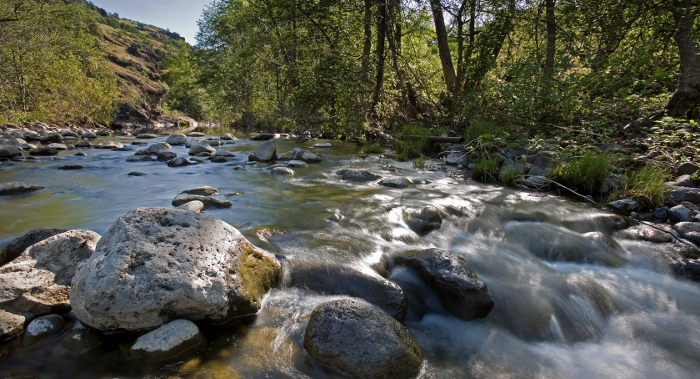
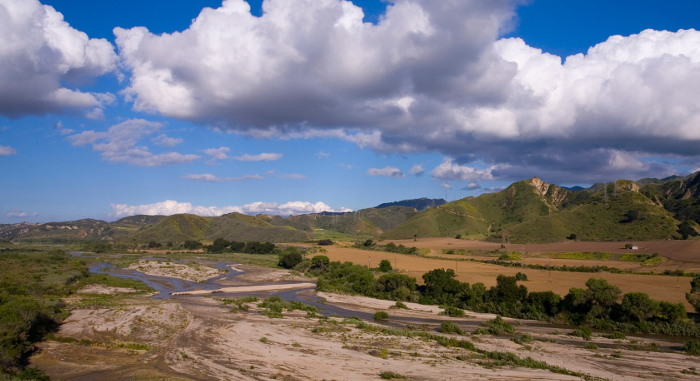
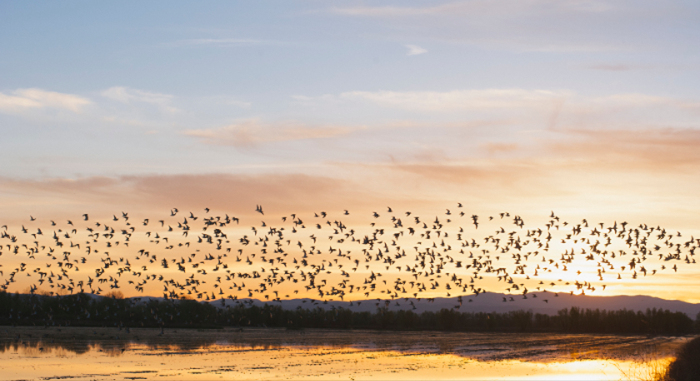
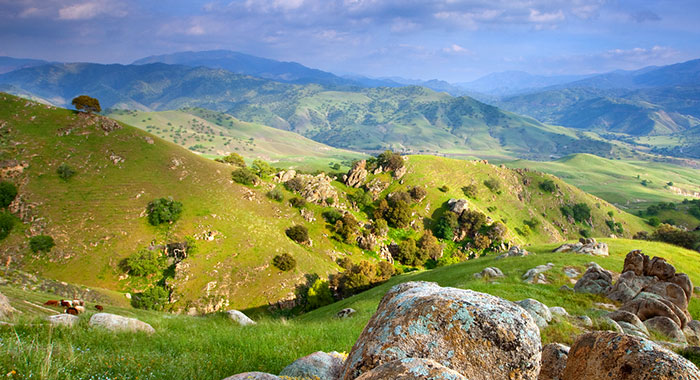
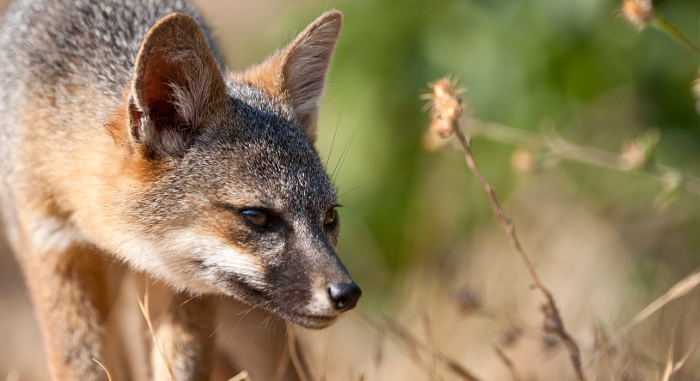

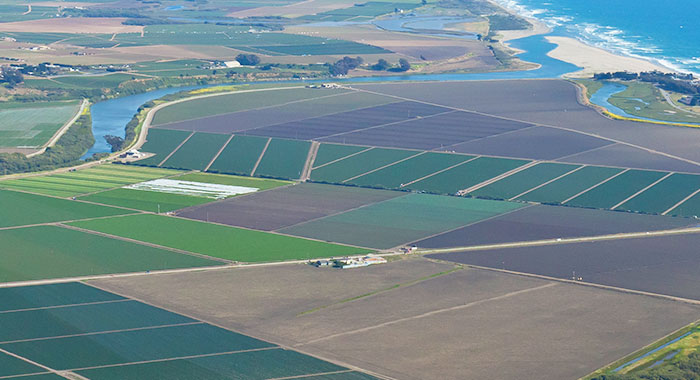

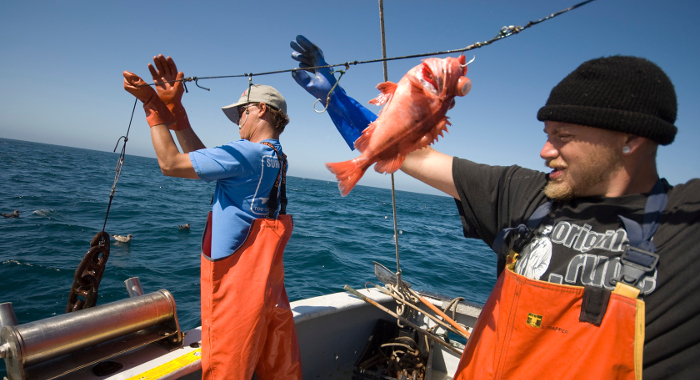
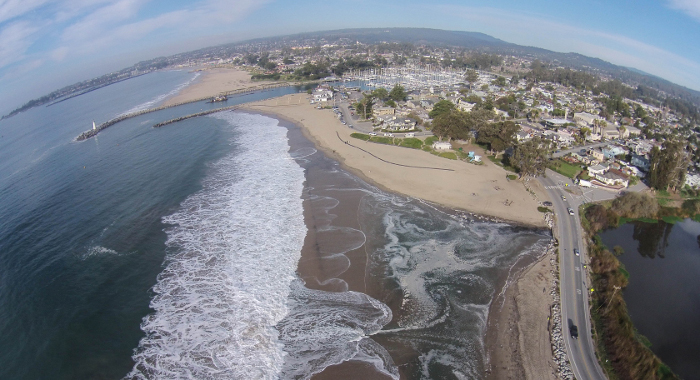

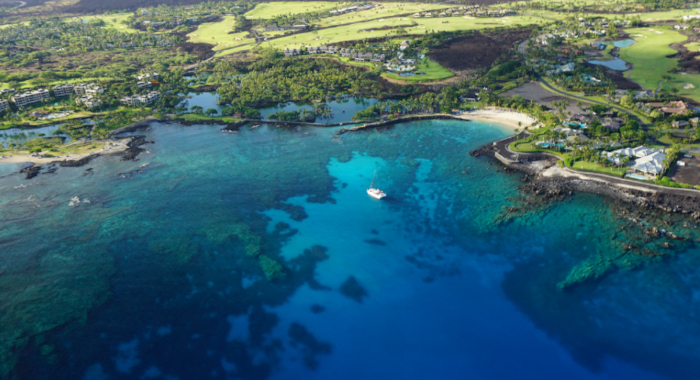
Sacha K. Heath, Candan U. Soykan, Karen L. Velas, Rodd Kelsey, Sara M. Kross
This paper discusses the potential for on-farm habitats along field margins as a conservation strategy within intensively cultivated landscapes. Specifically, the study examined the effects of woody…Mario B. Pesendorfer, T. Scott Sillett, Scott A. Morrison
An individual jay can cache thousands of oak seeds per year, and in so doing provide oaks a means to disperse long distances. This ecological process can be especially important in restoration of…Scott A. Morrison, T. Scott Sillett, W. Chris Funk, Cameron K. Ghalambor, Torben C. Rick
Historical records can provide information critical for conservation. Yet, societal investment in collection and curation of museum archives is widely recognized to be insufficient, which is a trend…Emma C. Underwood, Rachel A. Hutchinson, Joshua H. Viers, T. Rodd Kelsey, Trisha Distler, Jaymee Marty
This paper discusses and provides modeled estimates of the biodiversity and ecosystem service outcomes of three different future land use scenarios, compared to current land uses, in a cultivated…K.M. Langin, T.S. Sillett, W.C. Funk, S.A. Morrison, C.K. Ghalambor
Genetic diversity is an important target in biodiversity conservation. Understanding how it tends to be distributed across ranges of species can improve conservation planning. This paper examines…Carrie Schloss, Elizabeth O'Donoghue, Christa Cassidy, Tom Robinson, Serena Unger, Adam Garcia, Dan Rademacher
The Bay Area Greenprint tool provides land use and infrastructure agencies, consultants, and advocates easily accessible, interpretable, and scientifically robust information on habitat and ecosystem…D.R. Cameron, L. Crane, S.S. Parker, J.M. Randall
This book chapter discusses how California's greenhouse gas emission reduction goals spurred solar development in the Mojave Desert—development that could have negative impacts if poorly…Timothy C. Bonebrake, Christopher J. Brown, Johann D. Bell, Julia L. Blanchard, Alienor Chauvenet, Curtis Champion, I-Ching Chen, Timothy D. Clark, Robert K. Colwell, Finn Danielsen, Anthony I. Dell, Jennifer M. Donelson, Birgitta Eveng°ard, Simon Ferrier, Stewart Frusher, Raquel A. Garcia, Roger B. Griffis, Alistair J. Hobday, Marta A. Jarzyna, Emma Lee, Jonathan Lenoir, Hlif Linnetved, Victoria Y. Martin, Phillipa C. McCormack, Jan McDonald, Eve McDonald-Madden, Nicola Mitchell, Tero Mustonen, John M. Pandolfi, Nathalie Pettorelli, Hugh Possingham, Peter Pulsifer, Mark Reynolds , Brett R. Scheffers, Cascade J. B. Sorte, Jan M. Strugnell, Mao-Ning Tuanmu, Samantha Twiname, Adriana Verg´es, Cecilia Villanueva, Erik Wapstra, Thomas Wernberg , Gretta T. Pecl
Climate change is driving the largest global redistribution of the planet’s species since the ice age. Species redistributions present challenges for human well-being, environmental management…Melissa M. Rohde, Ray Froend, Jeanette Howard
Groundwater is a vital water supply worldwide for people and nature. However, species and ecosystems that depend on groundwater for some or all of their water needs, known as groundwater dependent…Jonathan Q. Richmond, Dustin A. Wood, Michael F. Westphal, Amy G. Vandergast, Adam D. Leache, Lawrence R. Saslaw, H. Scott Butterfield, Robert N. Fisher
This paper uses novel genetic approaches to document how land conversion in the San Joaquin Desert has affected population connectivity and relatedness in the endangered blunt-nosed leopard lizard.…Kathryn M. Langin, T. Scott Sillett, Scott A. Morrison, Cameron K. Ghalambor
Island Scrub-Jays, a species restricted to 250 km2 Santa Cruz Island, CA, have different bill forms depending on whether they occupy oak or pine dominated habitat, a pattern that may be associated…The Nature Conservancy, Matt Merrifield
Nearly half of the world depends on seafood for their main source of protein. In the Western and Central Pacific, where 60% of the world’s tuna is caught, illegal, unreported, and unregulated…